JF Ptak Science Books Post 2148
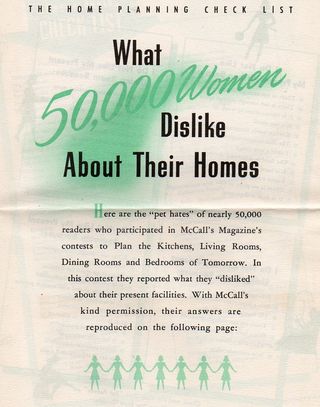 Let's Plan a "Peacetime" Home was published in 1945 by a home gas heating company to try to answer and capitalize on a severe housing shortage being accentuated by returning WWII vets--I'm not sure why "Peacetime" is placed in quotation marks in the cover copy; perhaps it was just sloppy editing. But the planning was real, and the ideas were sort of fresh for the time, including a number of new and innovative ideas regarding heating/heat retention and cooling services. It is a slick, bright, shining publication filled with simple luxuries for the middle class--roomy kitchens, playrooms in the basement, extra bathrooms, storage for baby carriages in the garage, and other pieces of happiness that were still relatively new to the Depression-recovering working folks of the United States.
Let's Plan a "Peacetime" Home was published in 1945 by a home gas heating company to try to answer and capitalize on a severe housing shortage being accentuated by returning WWII vets--I'm not sure why "Peacetime" is placed in quotation marks in the cover copy; perhaps it was just sloppy editing. But the planning was real, and the ideas were sort of fresh for the time, including a number of new and innovative ideas regarding heating/heat retention and cooling services. It is a slick, bright, shining publication filled with simple luxuries for the middle class--roomy kitchens, playrooms in the basement, extra bathrooms, storage for baby carriages in the garage, and other pieces of happiness that were still relatively new to the Depression-recovering working folks of the United States.
I can see a lot of interest in the archaeology of comfort in the many plans and pictures in this brochure, but that's not why I'm presenting it here today. There's more than a heavy helping of bulbous Bauhaus design, and lots of small rooms surrounding large big main rooms with enormous windows. But the thing that seems to bookend all of this development are women-in-aprons. There are men sitting and leaning around plans, smoking pipes, sleeves rolled up, and looking very earnest; at their elbow or across the table is the woman, usually in an apron, looking on in appreciation.
[This item may be purchased at our blog bookstore.]
The secondary basis for this Peacetime Home onslaught is a McCall's magazine contest in which "50,000 women" responded to a what-they-hate-most about their house(s).
There is an interesting check list for house planning, and as a bookseller, I was very pleased to notice that one of the lines for calculating your family's needs in a new house was for books. Not only was it a call for determining the number of shelf feet of books that the family has now, but also the need for future book shelf feet (!) Not only that, but there was a special consideration large volumes and their sizes; that, and the distribution of books in the house, and how much shelving is needed per room. I've never seen anything like that in the many brochures and pamphlets like this that are in the architecture collection here, and it is only too-happy a thing to see.
And then I came across this curious part of the check list, asking about furniture and bedroom needs, and then getting down to the real brass tacks of the sleeping or not-sleeping issue--the type of bed wanted. The questionnaire describes with checkboxes the types of beds available: twin, double, nursery, number, and sex. I have no dobut that what was being asked for was the sex of the person going to use the bed--I'm not sure why that is necessary--and not whether they were interested in outfitting their houses with "sex beds". But you never know.
Honestly though the booklet was pretty nicely designed and asked a lot of intelligent and useful questions about needs and wants in a house for the working family--the editors did a pretty smart job. They were of course aiming a little higher than that, what with the plans of houses they included and the number of them at the $8,000+ range, which was not terribly inexpensive for a few million newly turned-out soldiers.


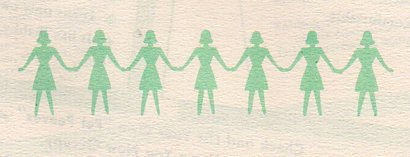
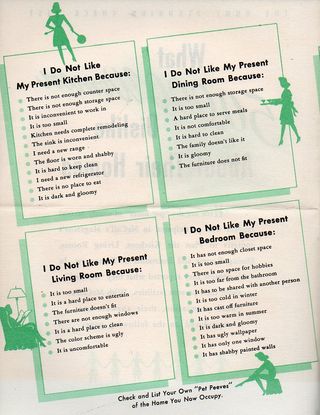
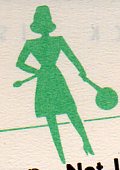
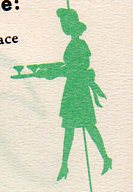
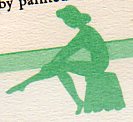
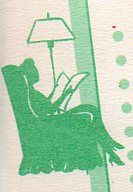
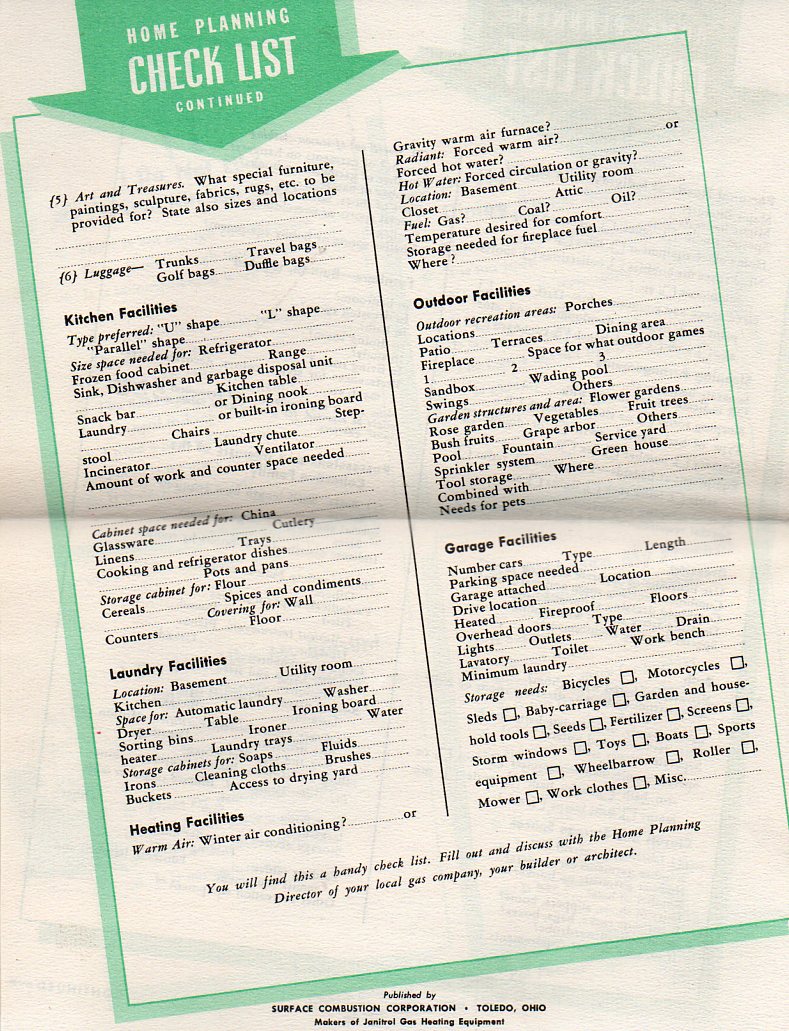

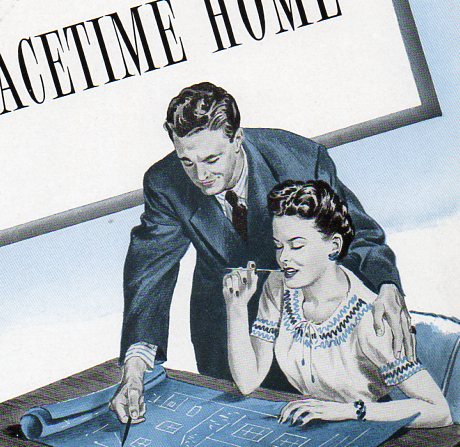
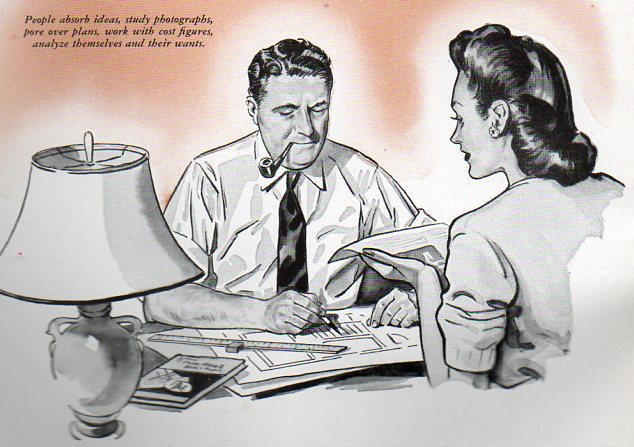

Comments